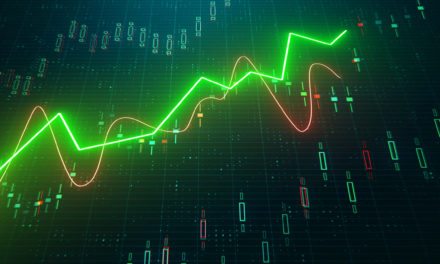
“Only buy something that you’d be perfectly happy to hold if the market shut down for 10 years.”
— Warren Buffett
A key lesson we can learn from Warren Buffett, is about how to think about a potential stock investment in the context of a long-term time horizon. Every investor in a stock has a choice: bite our fingernails over the short-term ups and downs that are inevitable with the stock market, or, zero in on stocks we are comfortable to simply buy and hold for the long haul — maybe even a ten year holding period. Heck, investors can even choose to completely ignore the stock market’s short-run quotations and instead go into their initial investment planning to hold on for years and years regardless of the fluctuations in price that might occur next.
Today, we examine what would have happened over a ten year holding period, had you decided back in 2011 to buy shares of Teradyne, Inc. (NASD: TER) and simply hold through to today.
| Start date: | 06/20/2011 |
|
|||
| End date: | 06/17/2021 | ||||
| Start price/share: | $13.61 | ||||
| End price/share: | $129.59 | ||||
| Starting shares: | 734.75 | ||||
| Ending shares: | 783.28 | ||||
| Dividends reinvested/share: | $2.26 | ||||
| Total return: | 915.06% | ||||
| Average annual return: | 26.08% | ||||
| Starting investment: | $10,000.00 | ||||
| Ending investment: | $101,499.06 | ||||
As we can see, the ten year investment result worked out exceptionally well, with an annualized rate of return of 26.08%. This would have turned a $10K investment made 10 years ago into $101,499.06 today (as of 06/17/2021). On a total return basis, that’s a result of 915.06% (something to think about: how might TER shares perform over the next 10 years?). [These numbers were computed with the Dividend Channel DRIP Returns Calculator.]
Dividends are always an important investment factor to consider, and Teradyne, Inc. has paid $2.26/share in dividends to shareholders over the past 10 years we looked at above. Many an investor will only invest in stocks that pay dividends, so this component of total return is always an important consideration. Automated reinvestment of dividends into additional shares of stock can be a great way for an investor to compound their returns. The above calculations are done with the assuption that dividends received over time are reinvested (the calcuations use the closing price on ex-date).
Based upon the most recent annualized dividend rate of .4/share, we calculate that TER has a current yield of approximately 0.31%. Another interesting datapoint we can examine is ‘yield on cost’ — in other words, we can express the current annualized dividend of .4 against the original $13.61/share purchase price. This works out to a yield on cost of 2.28%.
One more piece of investment wisdom to leave you with:
“The right time for a company to finance its growth is not when it needs capital, but rather when the market is most receptive to providing capital.” — Michael Milken




